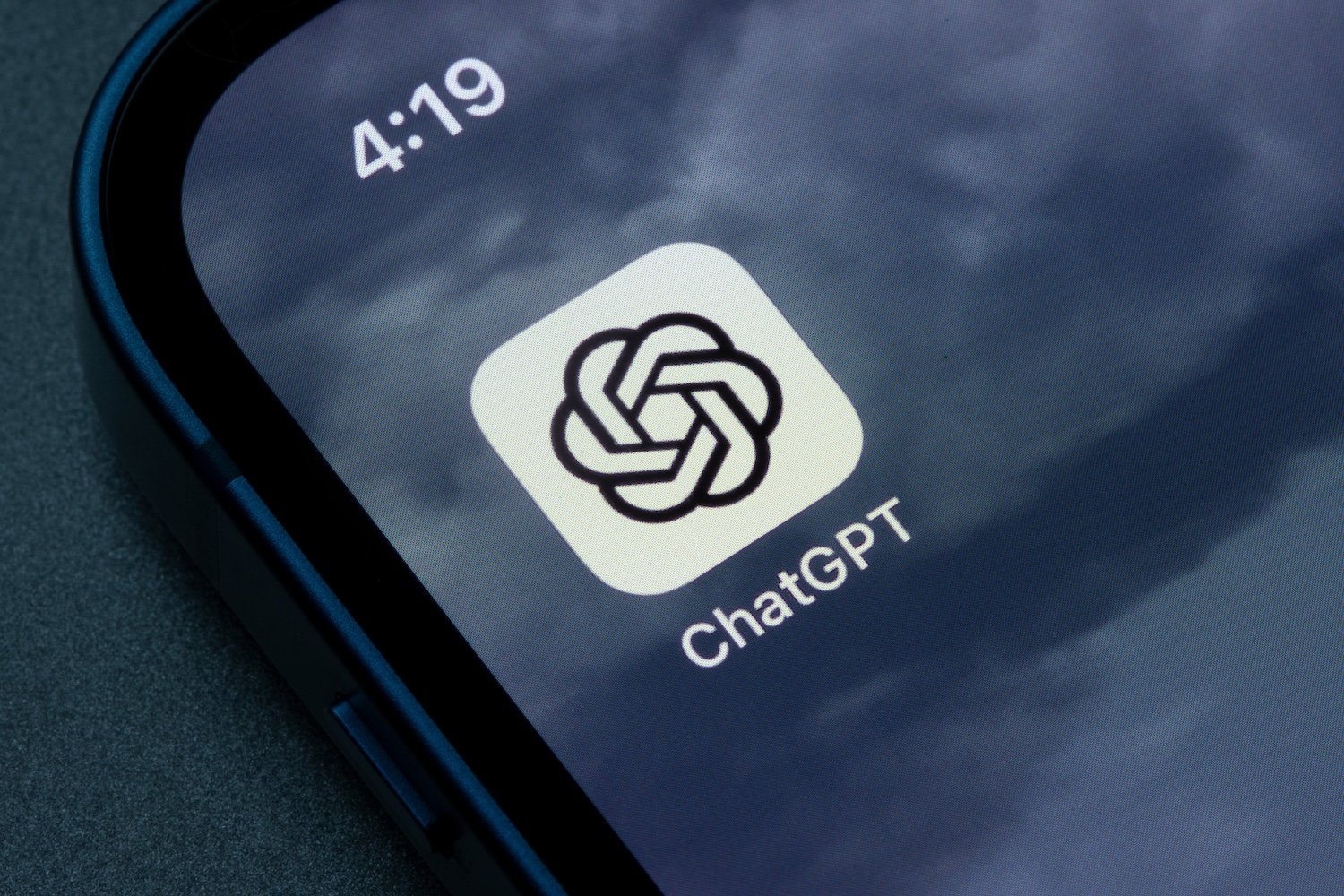A Top Engineer Reveals OpenAI's Culture of Secrets and Chaos

Calvin French-Owen only worked at OpenAI for a year, but he saw more in twelve months than most engineers do in a lifetime. As a successful founder turned employee, he joined the world’s leading artificial intelligence company in May 2024 and left in June 2025. What he walked into was not a typical corporate tech job. It was a startup strapped to a rocket ship, powered by GPUs, Slack notifications, and a culture of secrecy that makes Apple look like an open book.
“The first thing to know about OpenAI is how quickly it’s grown,” French-Owen writes in a long, revealing blog post published on July 15. “When I joined, the company was a little over 1,000 people. One year later, it is over 3,000 and I was in the top 30% by tenure.”
That kind of explosive growth, known in Silicon Valley as hypergrowth, breaks everything: communication, team structures, hiring, and product planning. And yet, OpenAI keeps shipping groundbreaking tools like ChatGPT and its AI coding assistant, Codex. How?
According to French-Owen, the company functions as a chaotic, bottom up meritocracy, valuing speed over structure and individual initiative over rigid planning. The entire operation, he reveals, runs on a single communication tool.
“Everything, and I mean everything, runs on Slack. There is no email,” he wrote. “I maybe received ~10 emails in my entire time there.”
This means that critical decisions, technical documentation, debates, and even leadership directives all happen in fast moving, ephemeral chat threads. If you miss a key message, you might miss a product launch.
Building Without a Blueprint
While outsiders might assume OpenAI operates with meticulous, long term planning, French-Owen says the truth is far messier and more improvisational.
“When I first showed up, I started asking questions about the roadmap for the next quarter. The answer I got was: ‘this doesn’t exist’,” he wrote. Instead of a top down master plan, ideas bubble up from individual researchers and engineers who are encouraged to act on their own initiative.
“There’s a strong bias to action (you can just do things),” he explained. “These efforts are usually taken by a small handful of individuals without asking permission. Teams tend to quickly form around them as they show promise.”
He notes that this environment empowers individual researchers, who he says are treated like their own “mini-executive.” But it also creates redundancy. “There must’ve been ~3-4 different Codex prototypes floating around before we decided to push for a launch,” French-Owen writes.
This move fast spirit comes at a cost. He describes the company’s main software system, a backend monolith called sa-server, as “a bit of a dumping ground.” In software terms, a monolith is a single, massive codebase where all services are bundled together. It can be powerful, but also difficult to manage and slow to update. Yet despite these challenges, the team managed to launch the groundbreaking Codex product in just seven weeks, a period during which French-Owen was also caring for his newborn child.
“Most nights were up until 11 or midnight. Waking up to a newborn at 5:30 every morning. Heading to the office again at 7a. Working most weekends,” he remembered. “We all pushed hard as a team, because every week counted.”
The Secret Life of an OpenAI Employee
This intense work culture is shrouded in profound secrecy. Engineers are not permitted to discuss their projects in detail outside the company. Information is strictly compartmentalized inside different Slack workspaces with layered permissions. French-Owen even notes that internal employees sometimes learn about new products from the media first.
“I’d regularly see news stories broken in the press that hadn’t yet been announced internally,” he says.
This secrecy is not just about protecting intellectual property. It is also about controlling the narrative in a high stakes global race to dominate AI, with government regulators, corporate competitors like Google and Anthropic, and critics on social media watching every move. That intense scrutiny has led to a cautious public posture, but it has not slowed the company’s metabolism.
“OpenAI changes direction on a dime,” French-Owen wrote. “It’s remarkable that a company as large as OpenAI still maintains this ethos. The company makes decisions quickly, and when deciding to pursue a direction, goes all in.”
Despite the internal chaos, he insists that employees genuinely care about doing the right thing. This includes a robust focus on AI safety, though he clarifies it is aimed at immediate, practical risks rather than science fiction doomsday scenarios.
“I saw more focus on practical risks (hate speech, abuse, manipulating political biases, crafting bio-weapons, self-harm, prompt injection) than theoretical ones (intelligence explosion, power-seeking),” he wrote. In other words, OpenAI is not full of mad scientists racing toward Skynet. It is full of overworked engineers trying to stop people from tricking their chatbot into writing malicious code or harmful content.
A Company That Runs on ‘Vibes’
Perhaps the most surprising revelation is the degree to which OpenAI is influenced by social media, especially X (formerly Twitter).
“If you tweet something related to OpenAI that goes viral, chances are good someone will read about it and consider it,” French-Owen wrote. “A friend of mine joked, ‘this company runs on twitter vibes’.”
In a company that often lacks traditional roadmaps, viral trends and public sentiment can act as a powerful signal for what to build next. That culture, for better or worse, has made OpenAI one of the most unpredictable and powerful forces in technology.
French-Owen’s post reveals an organization that thrives on ambiguity, speed, and secrecy. It is a place where brilliant ideas can emerge from anywhere, but can also get buried in a sea of Slack threads. It is where you might build the future of AI in seven weeks, but you will do it with no plan, no email, and perhaps, no sleep.









